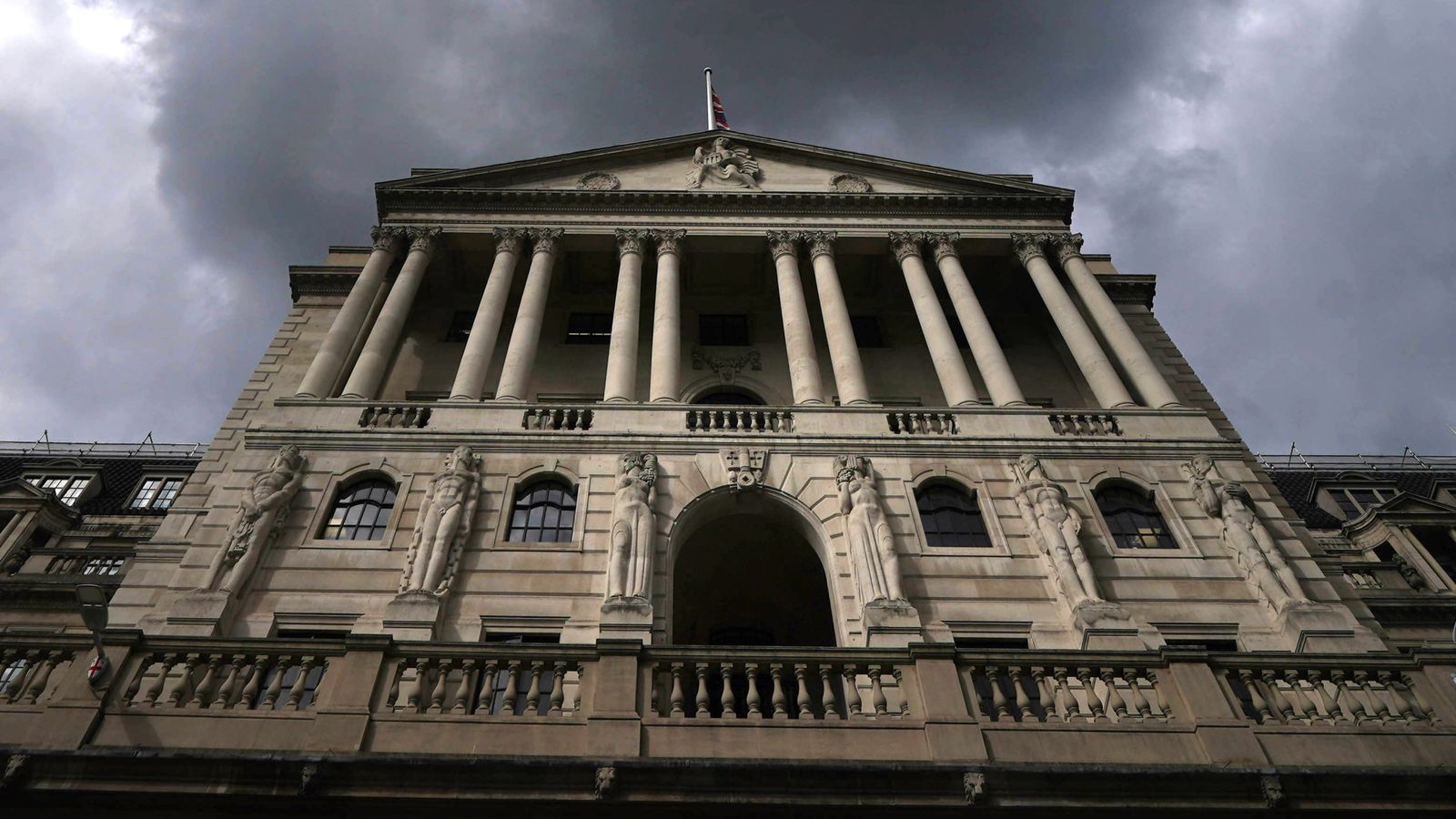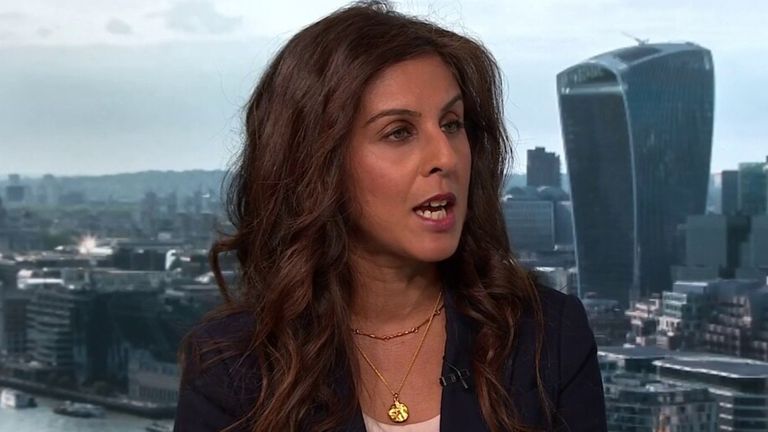The Bank of England has left interest rates on hold for the third successive meeting, insisting that it is determined to keep borrowing costs at their 5.25% level for some time.
Unlike the Federal Reserve, which dropped heavy hints at its latest meeting yesterday that it is preparing for multiple cuts in US interest rates next year, their British counterpart indicated that that moment is not yet close in the UK.
Three members of the Bank‘s monetary policy committee (MPC) voted for an increase in borrowing costs, but they were outvoted by the remaining six members. The Bank also left the language in its minutes – often examined forensically as a sign of future policy – largely unchanged.
The statement includes a critical section stating that the MPC judged that monetary policy – the level of interest rates – “was likely to need to be restrictive for an extended period of time. Further tightening in monetary policy would be required if there were evidence of more persistent inflationary pressures.”
While essentially unchanged from previous meetings, the minutes jar with the debate happening in financial markets in London and elsewhere.
With inflation having dropped faster than expected and with signs of economic weakness now showing, investors are betting that central banks begin to cut their borrowing costs as soon as next spring.
As of Thursday morning, money markets were pricing in 1.25 percentage points of Bank of England interest cuts next year, with the first cut coming in May.
Despite all of this, the Bank remains nervous that were it to open the door to interest rate cuts any time soon, it would risk allowing inflation to surge back before it gets to its 2% target.
The governor, Andrew Bailey, said: “Today we’ve decided to hold interest rates at 5.25%. We’ve come a long way this year, and successive rate increases have helped bring inflation down from over 10% in January to 4.6% in October.
“But there is still some way to go. We’ll continue to watch the data closely, and take the decisions necessary to get inflation all the way back to 2%.”

